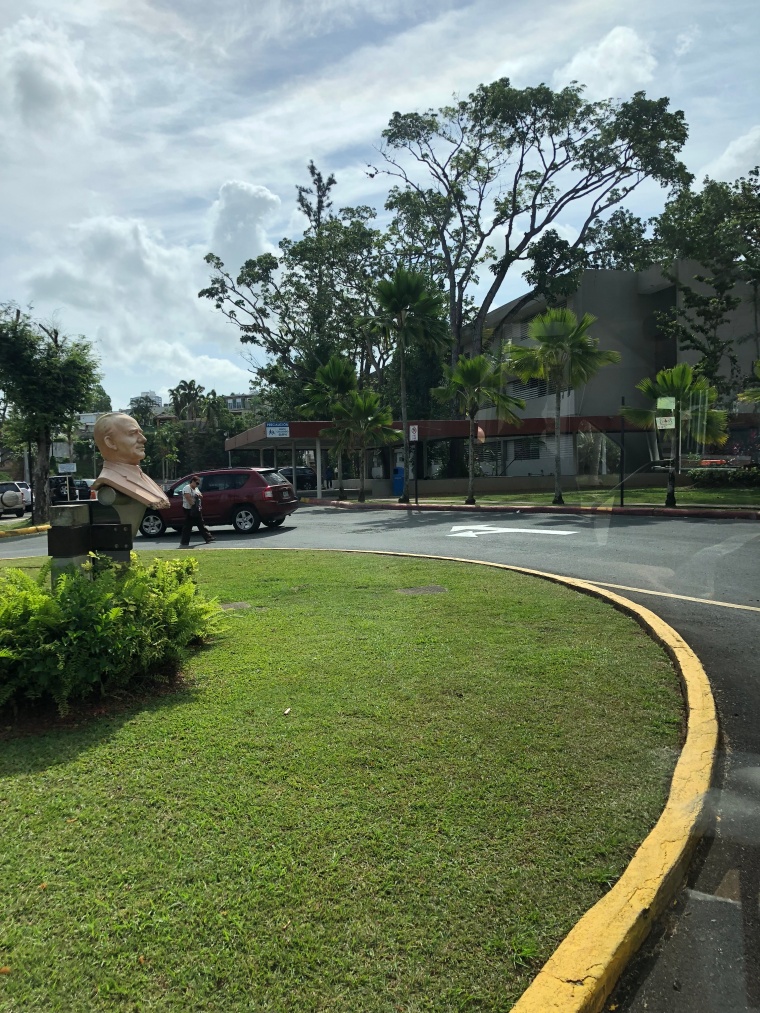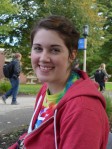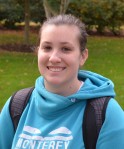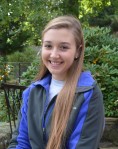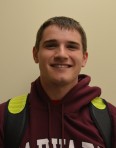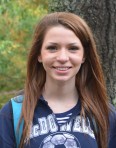There’s so much more to Penn State Behrend’s faculty and staff members than what you see them doing on campus. In this occasional series, we take a look at some of the interesting, unconventional, and inspiring things that members of our Behrend community do in their free time.
By Heather Cass
Publications Manager, Office of Strategic Communications, Penn State Behrend
Some people make it a goal to visit every state or capitol, but Steven Miller ’06, associate director of Housing and Food Services at Penn State Behrend, is a World War II reenactor and Penn State Behrend history alumnus who is working on a more unique challenge: He has a goal of visiting the private residences of every U.S. president. He’s already been to twenty.
“Visiting presidential homes offers an insight into the private life of individuals who had a profound impact on the formation and development of our country,” Miller said. “The homes and grounds themselves show a progression of architecture and lifestyle through history, from the vast agricultural farmlands of the Founding Fathers to the urban presidents of today.”
It all started with a trip to President Dwight D. Eisenhower’s home in Gettysburg, a stop on Miller’s itinerary while visiting Gettysburg National Military Park.
“It evolved into an annual summer trip with my brother, a challenge to visit the private residences of past presidents, with the goal of visiting all forty-five of them,” Miller said.
We chatted with Miller to learn more about his adventures and the homes he’s been most impressed with.
Are presidents’ residences public?
Yes, most presidential private residences belong to the National Park Service and are open to the public for tours. Information on their locations and visiting information can be found on the National Park website at nps.gov/findapark.
Do you plan vacations around visiting presidential homes?
I typically plan our itinerary around visiting both presidential sites and museums. Some of the most extensive collections of historical military artifacts are in museums located at the service academies, such as West Point or the United States Naval Academy, and often I will add these into our itineraries. Thirteen presidents have homes in New York, Ohio or Virginia, so from here where we live, creating a travel itinerary that takes you by a president’s home is fairly easy. One of the things we enjoy on these visits is eating at local establishments as much as possible; we try to avoid chain restaurants.
Who is your favorite (or most admired) president and why?
My favorite modern president was Franklin Delano Roosevelt (FDR). He was elected at the height of the Great Depression, and through various public programs, he got the country back on its feet. He then led the nation through four years of World War II and was the only president elected to four terms in office. He also founded the March of Dimes with the goal of finding a vaccine for polio.
What are some of the more famous homes you’ve seen so far?
Mount Vernon, George Washington’s home; Monticello, Thomas Jefferson’s home; Montpelier, James Monroe’s home; and Springwood, FDR’s home.
Have any the homes surprised you in any way?
It is impressive to see how some of these homes are incredibly preserved with original furnishings and furniture.
What does history mean to you? Why is it important to study and learn about history?
I am always searching for a connection to the past, and visiting historical sites, whether presidential homes or museums, let us see the tangible items that create those links. Visiting these homes is like stepping into the past. It’s amazing to think about walking in the footsteps of some of the most influential people in our country’s history.






